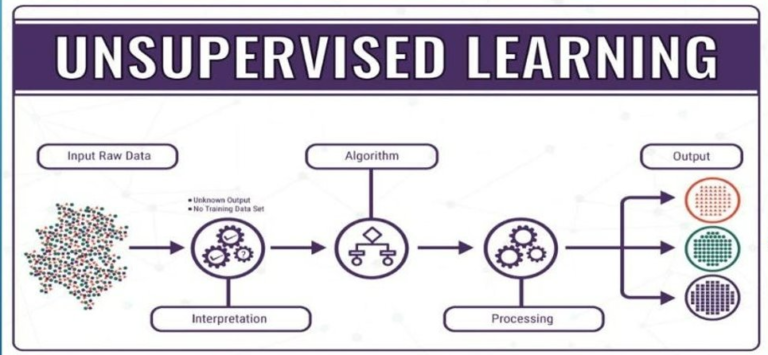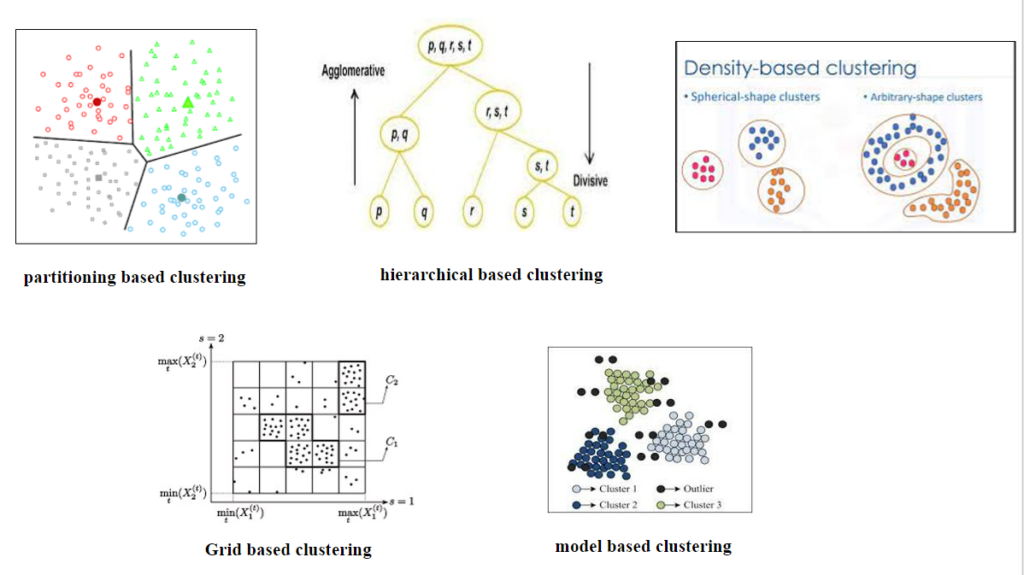Table of Contents
ToggleMACHINE LEARNING
Machine learning is a subfield of computer science that explores the study and construction of algorithms that can learn from and make predictions on data.
• Such algorithms operate by building a model from example inputs in order to make data driven predictions or decisions, rather than following strictly static program instructions.
Types of Machine Learning:
- Supervised Learning
- Unsupervised Learning
UNSUPERVISED LEARNING
Unsupervised learning is where you only have input data (X) and no corresponding output variables. The goal for unsupervised learning is to model the underlying structure or distribution in the data in order to learn more about the data.
These are called unsupervised learning because unlike supervised learning above there is no correct answers and there is no teacher. Algorithms are left to their own devises to discover and present the interesting structure in the data.

Unsupervised learning problems can be further grouped into clustering and association problems.
- Clustering: A clustering problem is where you want to discover the inherent groupings in the data, such as grouping customers by purchasing behavior.
- Association: An association rule learning problem is where you want to discover rules that describe large portions of your data, such as people that buy X also tend to buy Y


SUPERVISED LEARNING
Supervised learning is the task of inferring a function from labeled training data. The training data consist of a set of training examples.
In supervised learning, each example is a pair consisting of an input object and a desired output value. A supervised learning algorithm analyzes the training data and produces an inferred function.
SUPERVISED LEARNING PROCESS: TWO STEPS
Learning (training): Learn a model using the training data
Testing : Test the model using unseen test data to assess the model accuracy
Accuracy = No. of correct classifications/Total no of test case
Supervised learning problems can be further grouped into regression and classification problems .
Classification: A classification problem is when the output variable is a category, such as “red” or “blue” or “disease” and “no disease”.
Regression: A regression problem is when the output variable is a real value, such as “dollars” or “weight”.
Supervised Machine Learning Algorithms :
- Decision Tree
- KNN (K Nearest Neighbors)
- Linear SVC (Support Vector Classifier)
- Logistic Regression
- Linear Regression
Advantage of Supervised Learning :
- The input data is very well known and is labeled.
- It allows you to be very specific about the definition of the labels.
- Results are more accurate
Disadvantage of Supervised Learning :
- It can be complex method.
- It needs a lot of computation time for training
- If you have big data and growing data , you are not sure for the labels to predefine.

